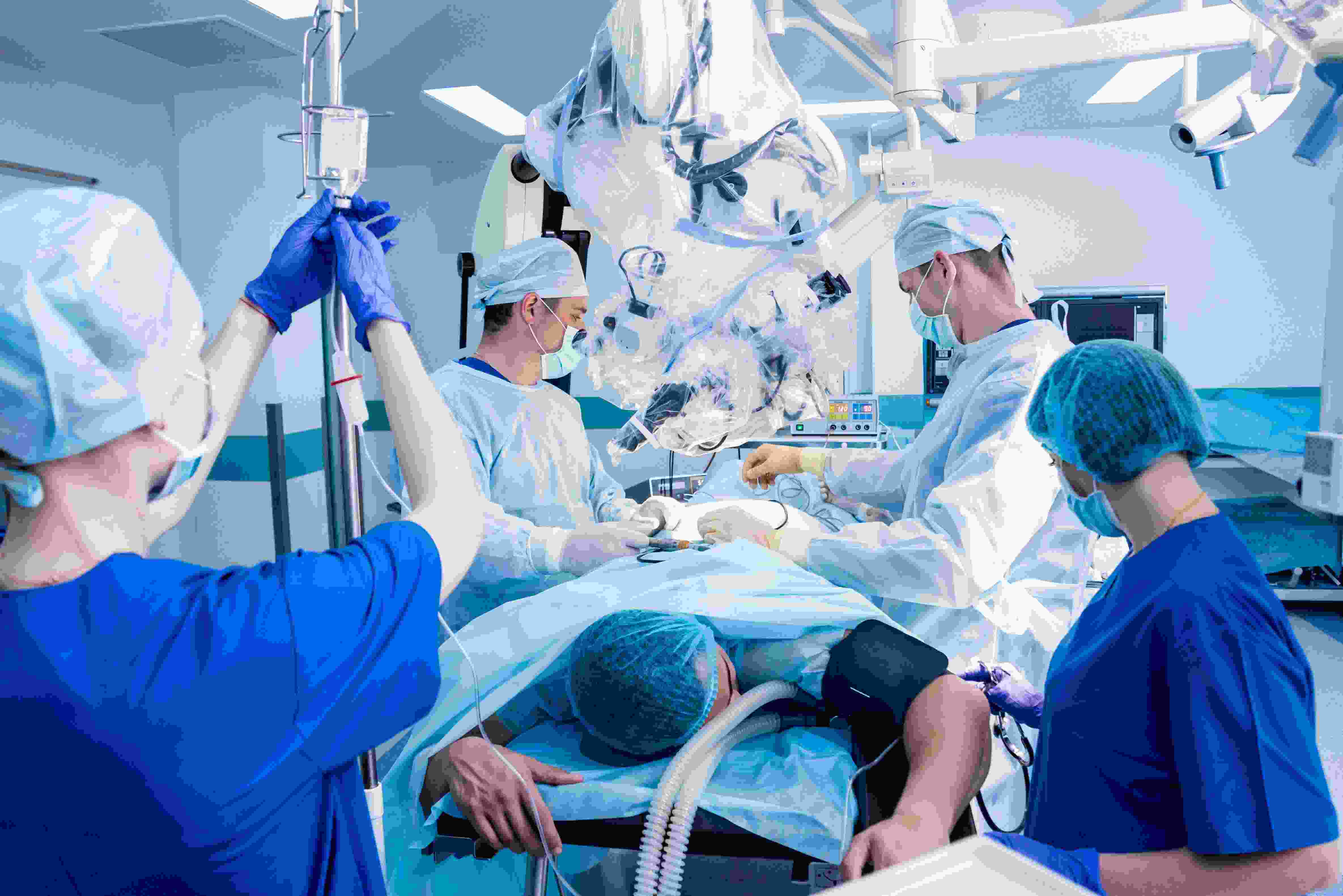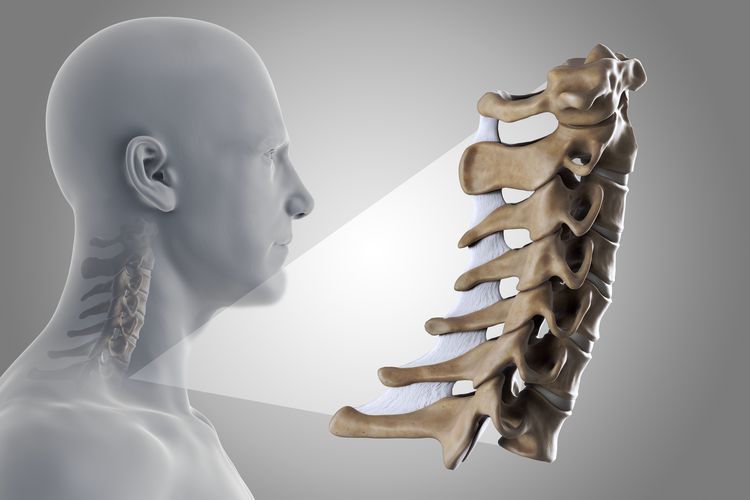Overview
Kyphosis is a back condition that causes the upper back to curve too far outwards, resulting in a rounded or crooked posture. Although a slight curvature of the spine is normal, kyphosis causes a more pronounced curvature that can lead to back pain, stiffness, and other physical problems. In some cases, kyphosis is mild and may go unnoticed, but in others, it can affect daily life and require treatment. Dr. Irfan Malik of Mspin plays a key role in helping patients battle this serious condition.







